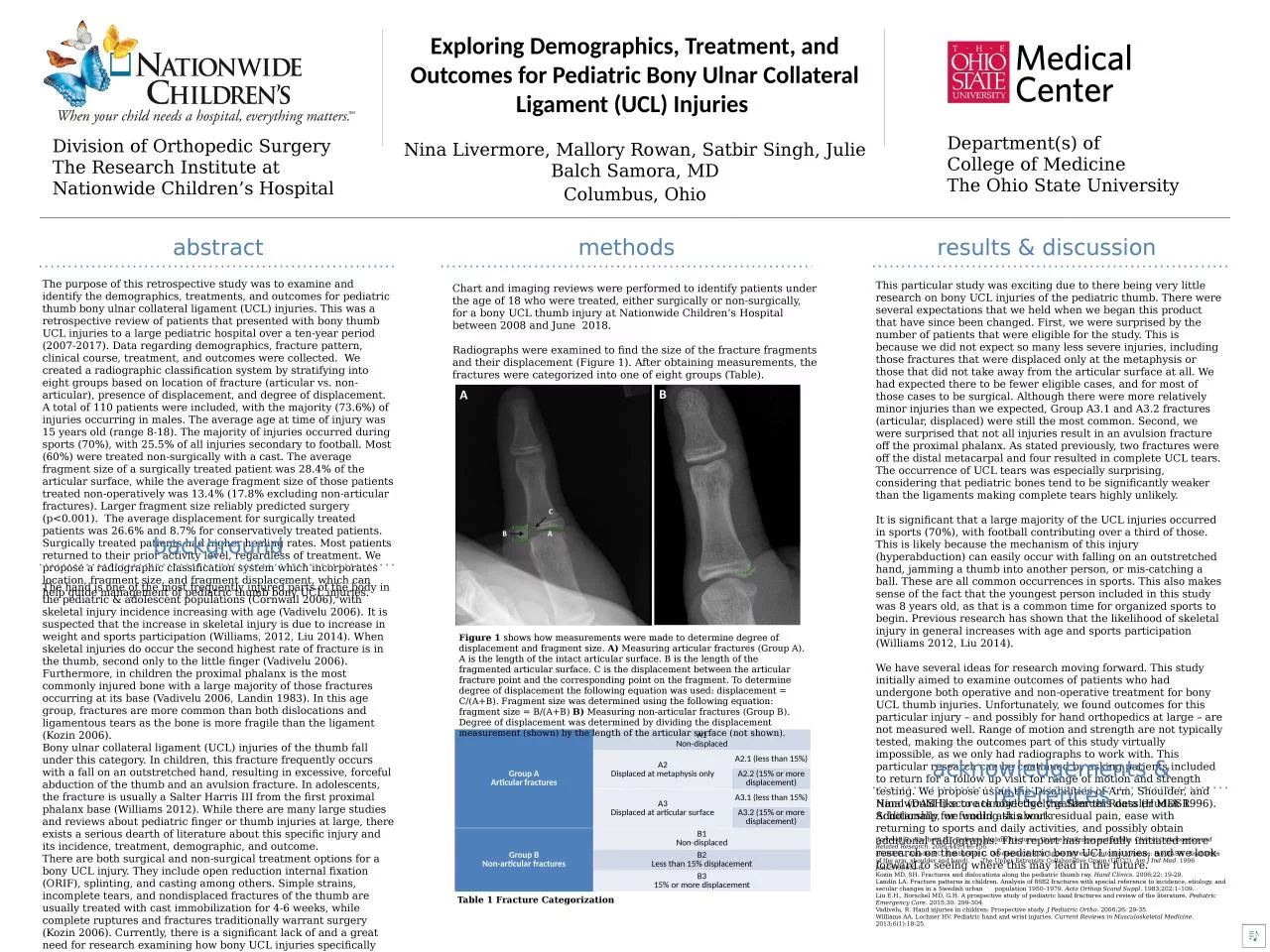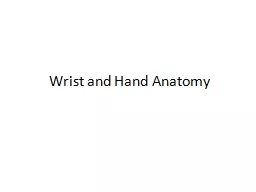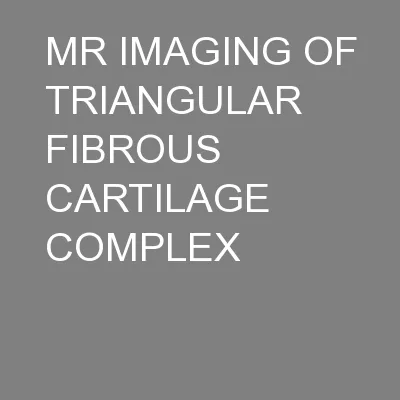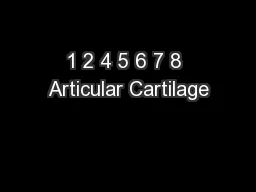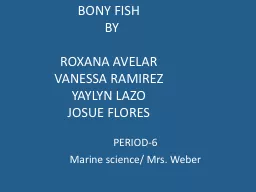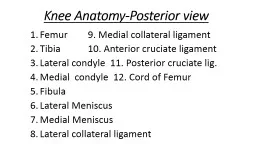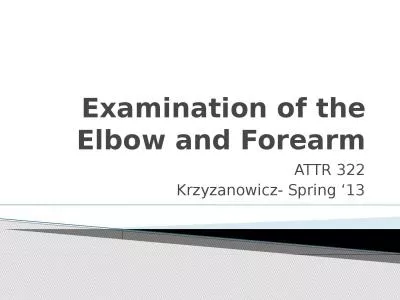PPT-Exploring Demographics, Treatment, and Outcomes for Pediatric Bony Ulnar Collateral Ligament
Author : ella | Published Date : 2024-03-15
Nina Livermore Mallory Rowan Satbir Singh Julie Balch Samora MD Division of Orthopedic Surgery The Research Institute at Nationwide Childrens Hospital Columbus
Presentation Embed Code
Download Presentation
Download Presentation The PPT/PDF document "Exploring Demographics, Treatment, and O..." is the property of its rightful owner. Permission is granted to download and print the materials on this website for personal, non-commercial use only, and to display it on your personal computer provided you do not modify the materials and that you retain all copyright notices contained in the materials. By downloading content from our website, you accept the terms of this agreement.
Exploring Demographics, Treatment, and Outcomes for Pediatric Bony Ulnar Collateral Ligament: Transcript
Download Rules Of Document
"Exploring Demographics, Treatment, and Outcomes for Pediatric Bony Ulnar Collateral Ligament"The content belongs to its owner. You may download and print it for personal use, without modification, and keep all copyright notices. By downloading, you agree to these terms.
Related Documents

